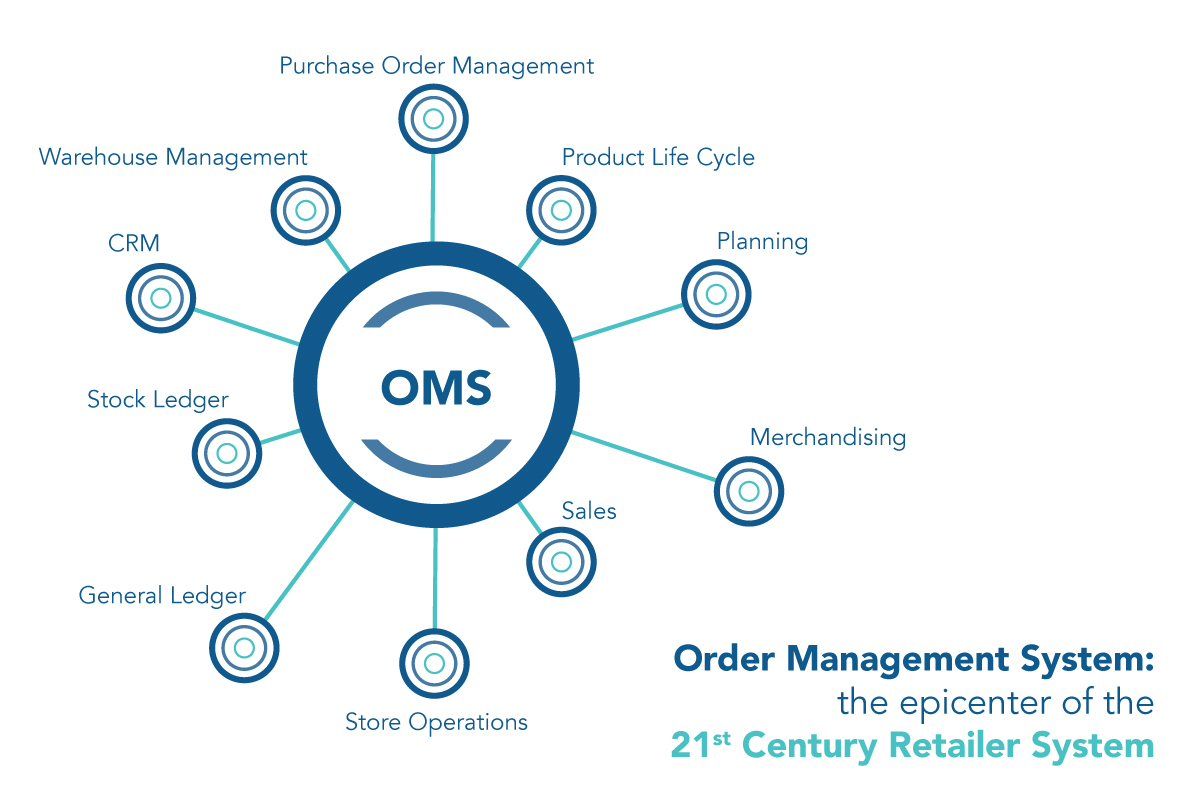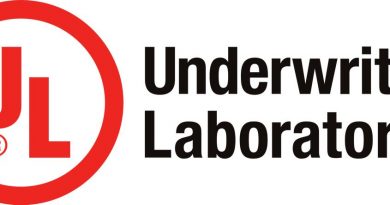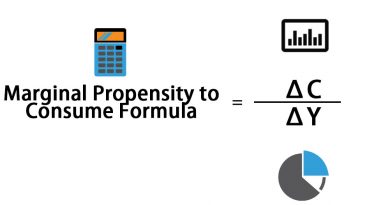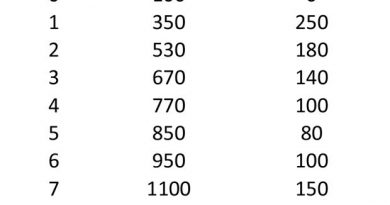What an Order Management System OMS Does for Finance Business

An Order Management System (OMS) is an electronic system designed to execute securities orders efficiently and cost-effectively. Brokers and dealers use an OMS to fill various types of securities orders and track their progress. Businesses, particularly eCommerce businesses and sellers, also use an OMS to streamline and automate the sales and fulfillment process.
Key Takeaways:
– An OMS is a software system that facilitates and manages the execution of trade orders.
– In the financial markets, an order must be placed in a trading system to execute a buy or sell order for a security.
– An effective OMS helps firms monitor positions in real-time and prevent regulatory violations.
Understanding an Order Management System:
An OMS is a software system that facilitates and manages the execution of trade orders in the financial markets. It requires essential information such as security identifier, order type, order size, and order instructions. An OMS executes trades using the FIX protocol, an electronic communications protocol for sharing international real-time exchange information.
Special Considerations:
Institutional trading desks use OMS on both the buy-side and sell-side to manage the life cycle of trades and automate investments. The buy-side consists of investing institutions like mutual funds, pension funds, and insurance firms. The sell-side involves the creation and selling of securities.
Securities Trading OMS:
An OMS can trade and monitor various financial instruments such as equities, fixed-income products, currencies, commodities, loans, cash, and derivatives. Exchange members have direct access to exchanges, while sell-side OMS connects to sell-side firms. OMSs should allow firms to access information on orders and support portfolio management.
Benefits of a Trading OMS:
OMS offers real-time trading solutions, allowing users to monitor market prices and execute orders instantaneously across multiple exchanges. It helps with regulatory compliance by checking trades before and after entry, improving workflow and communication among portfolio managers, traders, and compliance officers. OMSs provide real-time monitoring, prevent regulatory violations, ensure fast and accurate trade execution, and result in significant cost savings.
Business OMS:
OMS can be used by businesses to manage customer orders, returns, and refunds from point of sale to delivery. It reduces errors and saves time, especially for eCommerce businesses. Choosing an OMS depends on the type, size, and scope of the business, with costlier systems offering more features such as multi-currency payments, supplier and warehouse routing, tracking customer order status, and inventory forecasting.
Why Do Traders Need an OMS?
Traders benefit from an OMS as it facilitates more efficient order entry and execution, lowers transaction costs, ensures best execution, reduces errors, and provides reporting and position/portfolio updates. Some OMSs also automate trading strategies and risk-mitigating measures.
Why Do Businesses Need an OMS?
Businesses benefit from an OMS by streamlining the order fulfillment process, including point of sale to delivery. eCommerce sellers can automate logistics, shipment, returns, and interface with platforms like Amazon, eBay, or AliExpress.
What Does an Order Management System Do?
An OMS digitally tracks an order from entry to completion, recording information and processes throughout the order’s lifecycle, including order entry, pathways, inventory management, order completion, and after-order follow-up/services.



